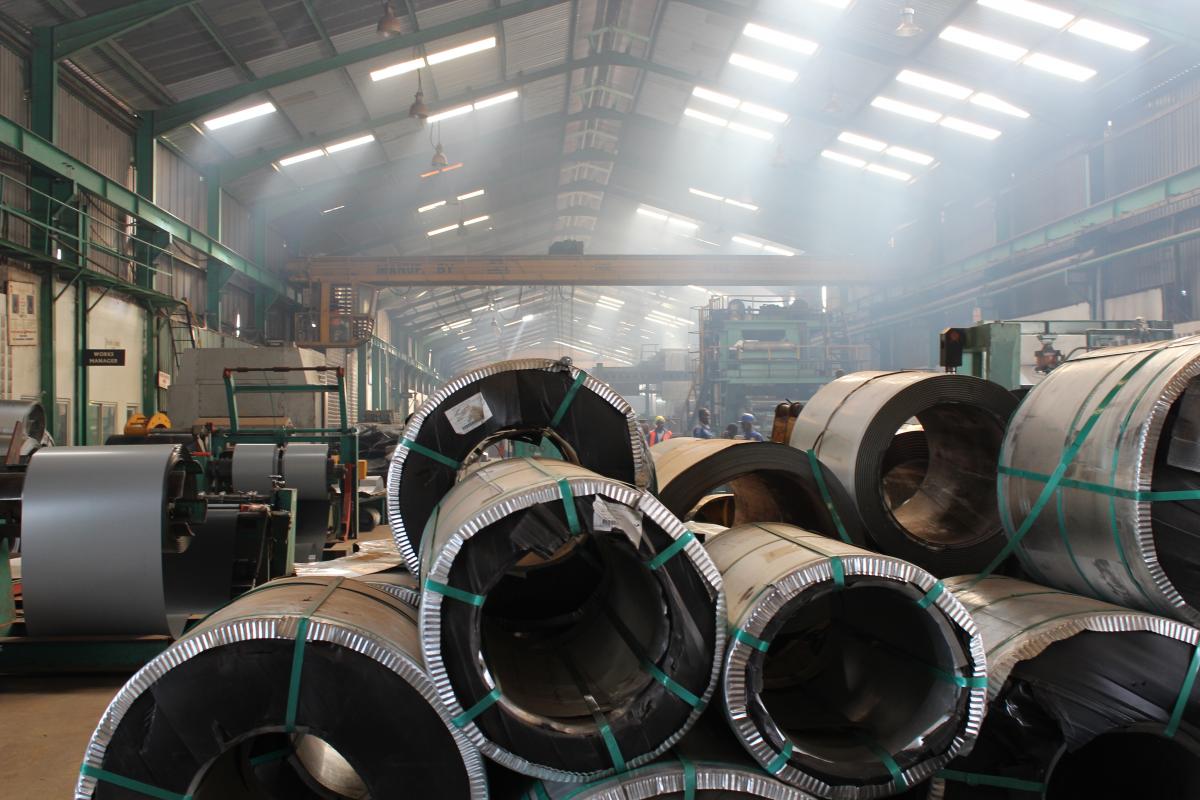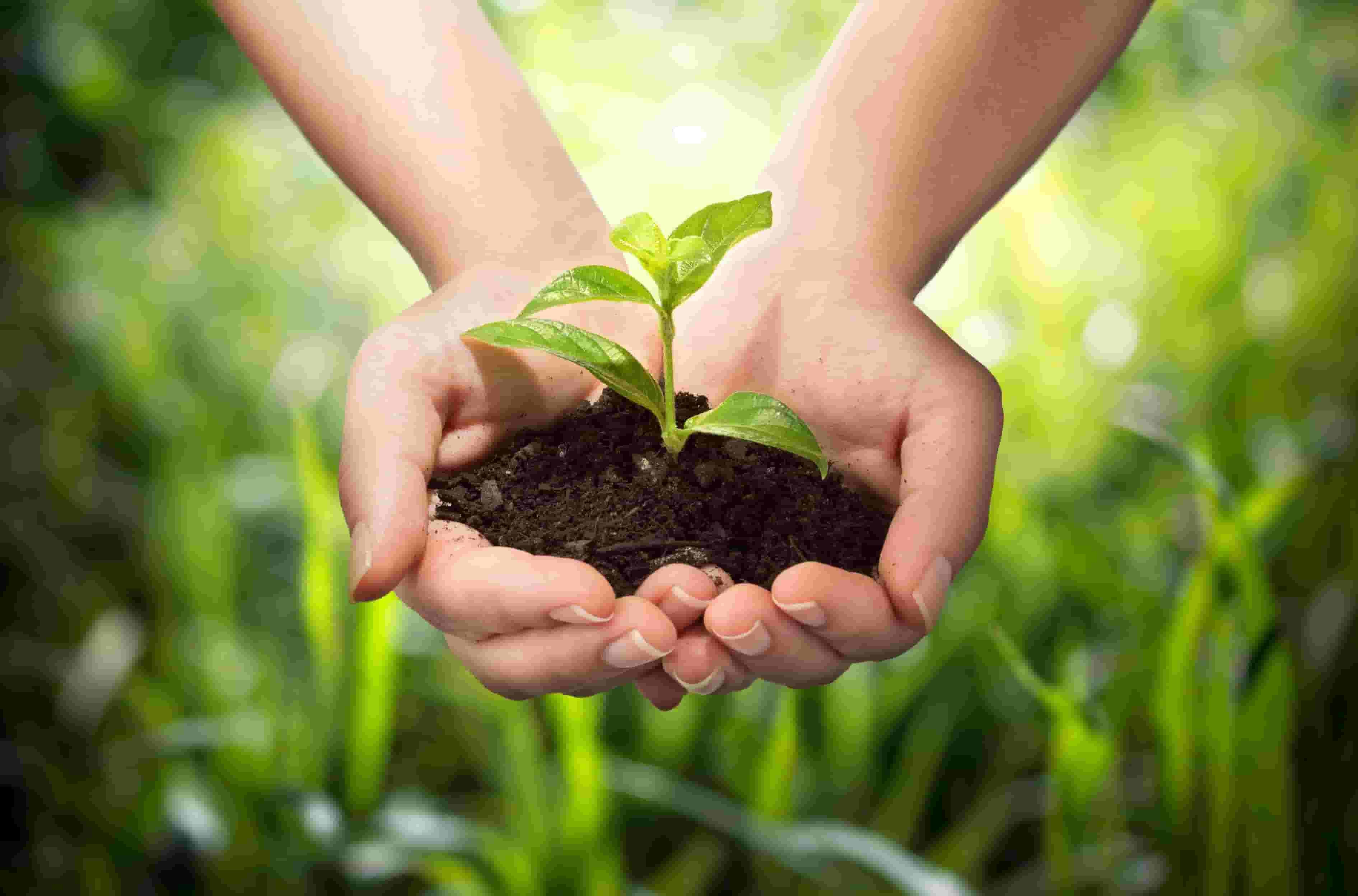Innovations In Post-Harvest Management And Storage

Post-harvest storage plays a crucial role in ensuring food security and reducing post-harvest losses. In developing countries like Uganda, where agriculture is the backbone of the economy, efficient post-harvest storage systems are essential to preserve agricultural produce and maximize its value. The MIT Humanitarian Supply Chain Lab is actively working towards improving post-harvest storage practices in Uganda and other similar countries.
Post-harvest storage refers to the process of storing agricultural produce after harvest to maintain its freshness, quality, and nutritional value. Inadequate storage facilities and improper handling practices can result in significant post-harvest losses, negatively impacting the livelihoods of farmers and the availability of food for consumers.
What is often overlooked is that post-harvest loss is not just a matter of ethical concern but also a significant economic loss. The Food and Agriculture Organization (FAO) estimates that one-third of global food production is wasted, mainly due to poor post-harvest practices. This calls for urgent attention and innovative solutions to address the issue of post-harvest loss and improve food security.
What is the importance of post-harvest storage?
Efficient post-harvest storage systems have several benefits:
- Food security: By minimizing post-harvest losses, more food is made available for consumption, enhancing food security for both rural and urban populations.
- Increased income: Proper post-harvest storage enables farmers to sell their produce at higher prices, as the quality is maintained for longer periods. This directly contributes to improved incomes and livelihoods for farmers.
- Stabilized markets: Efficient storage facilities help stabilize food markets by ensuring a continuous supply of produce throughout the year. This eliminates price fluctuations and helps in creating a more predictable market for farmers.
- Reduced environmental impact: When post-harvest losses are minimized, the environmental impact associated with food production, such as the use of land, water, and energy, is also reduced.
- Promotion of sustainable agriculture: By reducing post-harvest losses, farmers can make the most of their resources and inputs, promoting sustainable agriculture practices.
Ideas for improving post-harvest storage:
1. Promoting the use of modern storage technologies: Introducing technologies like hermetic storage bags, evaporative cooling, and solar dryers can significantly improve post-harvest storage practices. These technologies help maintain optimal storage conditions and reduce post-harvest losses.
2. Capacity building and training: Providing training and education to farmers and agricultural extension workers on proper post-harvest handling techniques, storage management, and use of relevant technologies is crucial to enhance knowledge and skills in this area.
3. Investment in infrastructure: Governments and development organizations should invest in building and upgrading storage infrastructure, including warehouses, cold storage facilities, and transport networks. This will ensure that farmers have access to adequate storage facilities and reduce losses due to inadequate infrastructure.
4. Strengthening market linkages: Facilitating direct market linkages between farmers and buyers can help reduce post-harvest losses. This can be achieved through the establishment of farmer-producer organizations, cooperatives, and partnerships with retailers and processors.
5. Improving post-harvest handling practices: Simple practices such as proper cleaning, grading, and packaging of agricultural produce can go a long way in reducing post-harvest losses. Training farmers on these practices and promoting their adoption is essential.
Recommendations for effective post-harvest storage:
1. Regular monitoring and supervision: Regular monitoring and supervision of storage facilities are crucial to ensure that they are functioning properly and meeting the required standards. This can help identify and address any issues or deficiencies promptly.
2. Quality control measures: Implementing quality control measures such as regular inspections, testing for moisture content, and pest management can help maintain the quality of stored produce and minimize losses.
3. Establishing collaboration: Collaboration between different stakeholders, including farmers, government agencies, NGOs, researchers, and industry experts, is essential to develop and implement effective post-harvest storage strategies. This collaboration can enable the sharing of knowledge, resources, and best practices.
4. Research and innovation: Continued research and innovation in post-harvest storage technologies, techniques, and best practices are essential to keep up with evolving agricultural practices and challenges.
Listicle of best practices for post-harvest storage:
1. Maintain cleanliness: Ensure that storage facilities are clean and free from any contaminants that could adversely affect the quality of stored produce.
2. Adequate airflow: Proper ventilation and airflow are crucial to maintain the freshness and quality of agricultural produce. This helps prevent the buildup of moisture, which can lead to mold and spoilage.
3. Temperature control: Different produce requires specific temperature conditions for storage. It is important to store each type of produce at the optimal temperature range to extend its shelf life.
4. Pest control: Implement effective pest control measures to prevent infestations and damage to stored crops. This may involve the use of traps, chemical treatments, or natural methods.
5. Regular inspections: Regularly inspect stored produce for signs of spoilage, disease, or pest damage. Prompt action can help prevent further spread and minimize losses.
Question & Answer:
Q: Why is post-harvest storage important?
A: Post-harvest storage is important because it helps minimize food losses, increases income for farmers, stabilizes food markets, reduces environmental impact, and promotes sustainable agriculture.
Q: How can post-harvest storage be improved?
A: Post-harvest storage can be improved by introducing modern storage technologies, providing training, investing in infrastructure, strengthening market linkages, and promoting good post-harvest handling practices.
Summary of post-harvest storage in Uganda:
Efficient post-harvest storage systems are crucial for ensuring food security, reducing post-harvest losses, and improving the livelihoods of farmers. In Uganda, initiatives led by the MIT Humanitarian Supply Chain Lab are actively working towards improving post-harvest storage practices. Key strategies include promoting the use of modern storage technologies, capacity building, investment in infrastructure, and strengthening market linkages. Collaborative efforts among various stakeholders are essential to address the challenges associated with post-harvest storage effectively.
In conclusion, addressing the issue of post-harvest losses and improving post-harvest storage practices is of utmost importance to achieve food security and sustainable agriculture. By implementing innovative solutions, investing in infrastructure, and fostering collaboration, we can make significant progress in reducing post-harvest losses and ensuring a more efficient and sustainable food supply chain.




Post a Comment for "Innovations In Post-Harvest Management And Storage"